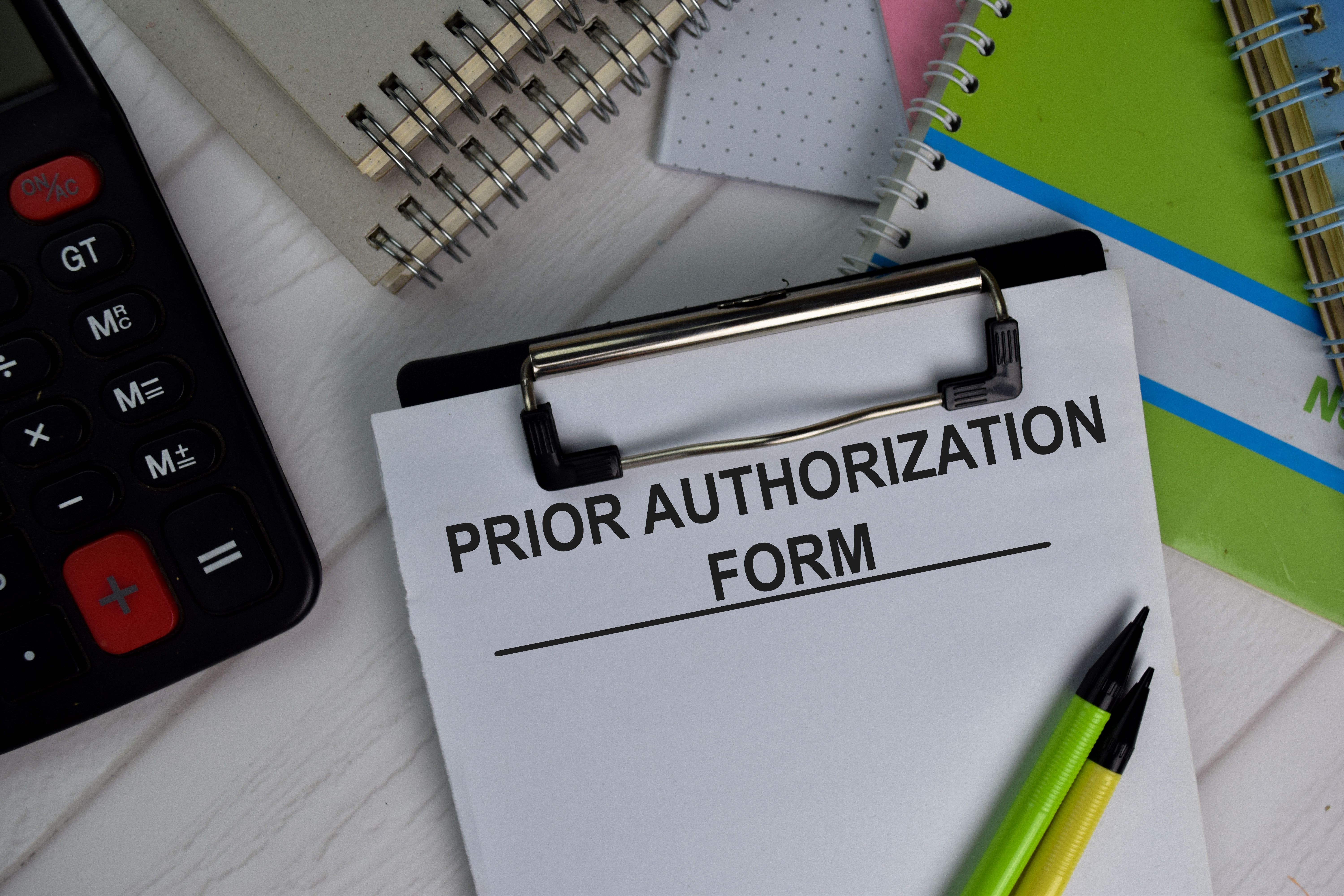Article
Investments: Which papers to toss
Don't let them overwhelm you. We tell you which ones to file, and which ones to shred.
Are you a hoarder or a tosser when it comes to the pounds of investment literature you receive each year? Either extreme is problematic. If you hoard all your prospectuses, annual reports, monthly and quarterly account statements, proxy notices, and trade confirmation slips, you'll drown in paperwork. But if you chuck everything without looking at it, you could miss information that's critical to your financial health. To help you sort out which common documents you need to read, keep, act on, toss, or shred, we spoke to several experts in the investment industry.
Fund and stock literature
You'll be able to cut way back on your paperwork if you invest through a financial adviser who permits clients to opt out of receiving fund and stock literature other than account statements. "If there's anything that's revealing or surprising, we'll let the client know about it," says Kenneth Frenke, an investment adviser in Arden, NC, who says that most of his clients choose to opt out of paperwork.
The prospectus. Generally, this is the first document you'll receive when you make an investment. The prospectus is the formal offering of sale, and you do need to review it to be sure you're fully aware of what you're investing in. Understand the fund's objectives or the company's business, as well as its financial statements. Familiarize yourself with the fee structure of the investment, especially if it involves a commission.
But after your review, you can toss the prospectus, since this information is available online, either at the company or fund website, or through the SEC's EDGAR database ( http://www.sec.gov/edgar.shtml). Note one exception: "If you're involved in an esoteric investment that's not publicly traded, hold onto that prospectus for as long as you own the investment. In the unlikely event any wrongdoing occurs, you'll need to prove whether inaccurate misrepresentations were made," says New York City financial planner Gary Schatsky.
As with all of the literature mentioned here, don't just dump it in the round file: Invest in a cross-cut shredder to destroy any documents with personal identifying information.
Annual and semiannual reports. Experts are unanimous that investors give these documents at least a cursory review. In the case of a mutual fund, Morningstar's associate director of fund analysis, Christine Benz, recommends reading the letter from the portfolio manager because "the best fund managers tend to be forthright about performance detractors; they'll tell you what they got right or wrong."
What else should you look at? "Scan the reports for any fundamental changes to determine if that fund still meets your needs and goals," says Chris Wloszczyna, spokesman for the Investment Company Institute, the mutual fund industry trade group. For instance, the portfolio manager may have moved a much larger percentage of assets into a particular sector, or the manager might have greatly expanded or contracted the fund's cash holdings.
For annual reports issued by companies you own stock in, read the letter to shareholders and look for honest disclosures about both the business and the market. "You want to be sure the reasons you purchased the stock in the first place still exist," notes Frenke.
After you've educated yourself on what's changed, feel free to toss these reports. If you want to refer back to them, you can almost always find them on the Internet. If you can't, contact the issuing fund or company for a copy.
Account statements
Mutual fund statements. Fund investors can accumulate a stack of monthly and quarterly account statements, especially if their investments are spread out over several fund companies. Although you need to review all these statements for transaction accuracy, save only the most recent ones (for reference, and when you sell or buy shares).





